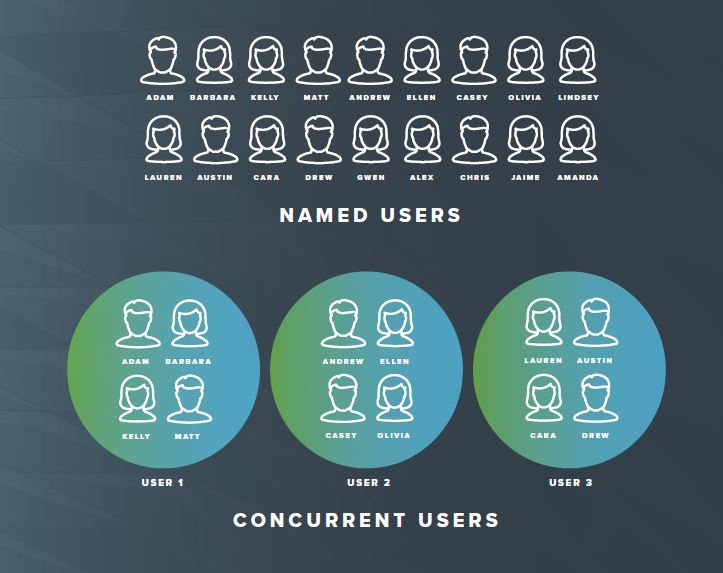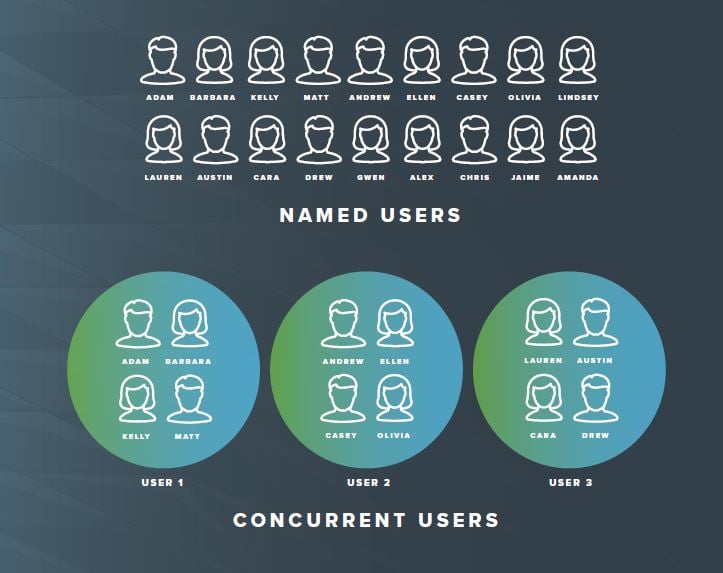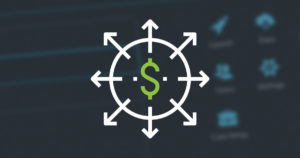Avoid Hidden eDiscovery Vendor Costs with These 4 Questions
It’s easy to think of eDiscovery processing and review as a race to the bottom, especially as budgets and timelines get tighter. But be warned: Some...
3 min read
ONE Discovery
:
Jul 10, 2018 12:00:00 AM

When it comes to controlling eDiscovery costs, how many users you have in your processing and review system can have a significant impact on your budget. Most eDiscovery software providers charge based on “named users” but not all users are created equal.
This truth gets especially painful when there is an increase in matters. Suddenly you’re paying exorbitant fees for the increase to your user licenses or you’re now locked in for that many users for the remainder of the term of your contract—or both. This doesn’t seem fair. What if there was an alternative? What if those user licenses could be used for anyone at your organization? What if you could cut eDiscovery costs that easily?
If you’ve been buying licenses for every single person who might ever need to log into your eDiscovery software, you’ve likely been paying entirely too much. Here’s why and how to avoid this predatory pricing.
What’s the problem with named users? When licenses are locked to individuals, there is zero flexibility when it comes to “light” use.
Yes, the bulk of your users will be those reviewing documents, but what about the person who just needs to kick-off a processing job? Or a partner who wants to poke around their matter? Or a senior attorney who has to occasionally review material that needs a second set of eyes or a more seasoned assessment?
Every single one of those “light” users would require their very own license, costing thousands of dollars even if they only spent 10 minutes in the system over the course of a month. With named users, everyone costs the same no matter how frequent or infrequent they actually use it.
Imagine a theater with reserved seating. If the individuals assigned to those seats don’t show up, those seats will stay empty no matter how many people are waiting at the door to get in.
In such an arrangement, your choices are few. You could eat the eDiscovery costs and pay for more licenses than you need up front (ones that go largely unused) so you aren’t hit with burst fee rates later on. Or you could give in to temptation and start sharing licenses–a practice that wreaks havoc on audit trails and security.
Now imagine the same theater we mentioned earlier, but this time the seating is general admission. There are the same number of seats, but anyone can fill them.

Concurrent user licensing allows you to essentially buy seats that anyone can use. If, for example, you have 10 seats, it doesn’t matter if you have 10 users or 1,000, as long as only 10 people are in the system at the same time. What about security, you ask? Individual logins are still required, fully tracked and auditable, they’re just not artificially tied to the pricing model.
Now those “light” users don’t cost a thing. They can pop in for 10 minutes to check on something or login for an hour to tend to a reviewer question. Need your paralegals to do some work in the system? Not a problem. Let them log in and use the seats you have or scale up minimally to allow for an additional concurrent user as needed.
The savings are significant and even scaling up costs less. With a solution like ONE Discovery, the average firm can successfully replace four named user licenses with just a single concurrent user seat—at least. Depending on the nature of the case, firms could replace even more named user licenses with a single concurrent user seat.
eDiscovery is changing, and this is just one of many ways. No one has to stand for predatory pricing anymore. With the right technology that offers fair and flexible pricing, you can be nimble and responsive even when that big case comes in and cut your eDiscovery costs at the same time.
Did you recently land a large case and just can’t stomach signing a new contract for more licenses, more processing power, plus all those penalties for bursting? Don’t. There’s now a burst alternative that could save you time, money and headaches. Check it out now.

It’s easy to think of eDiscovery processing and review as a race to the bottom, especially as budgets and timelines get tighter. But be warned: Some...

For law firms, reducing and controlling eDiscovery costs is a perennial rallying cry. It’s no wonder the U.S.’s annual budget for discovery is...

Over the years, prices have fluctuated wildly, making cost predictability and the ability to answer the question “How much does eDiscovery software...